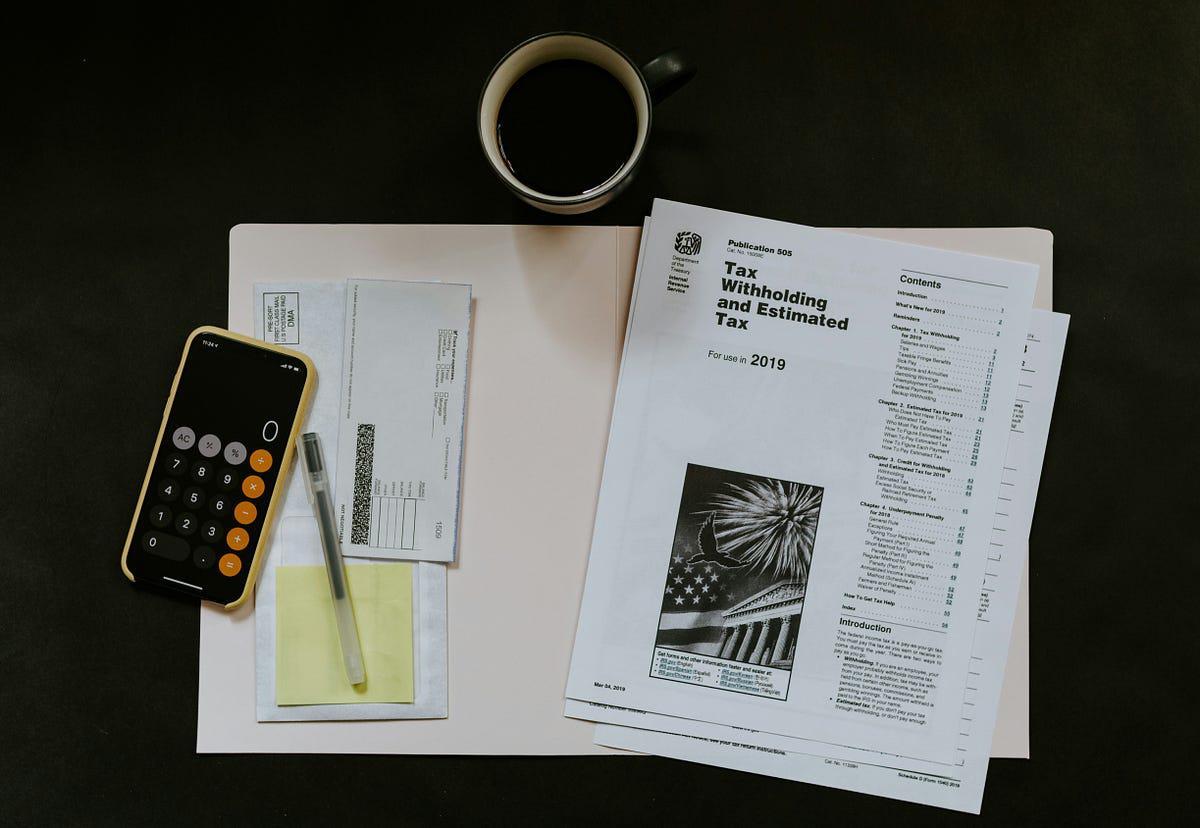For high school students in the United States, early spring is often a time to obsessively check their mailboxes for emails or large envelopes from colleges congratulating them on their acceptance. However, this spring, the only thing worse than reading thank you for your interest in our university is:
FAFSA (Free Application for Federal Student Aid) How U.S. students and families determine their eligibility for financial aid for higher education. Individual financial aid packages are created through loans, grants, and work-study opportunities based on the student/family's economic status, attendance costs, scholarship opportunities, and eligibility criteria. With the rising cost of education, FAFSA must save thousands and reduce debt repayment time.
Every additional $1,000 in financial aid increases college enrollment by 4% (Northwest, ND). Many miss out on potential aid due to misinformation, lack of trust, or beliefs they are not eligible. Nearly 30% of those who did not complete the FAFSA in 2011/12 would have been eligible for Pell grants, reducing costs for low-income students (Northwest, ND). Because most students rely on their parents for help with FAFSA, lack of information or financial literacy is truly costly.
The FAFSA 2024/5 application has undergone significant changes under the 2020 FAFSA Simplification Act. These changes will expand financial aid while reducing errors and fraud by directly integrating with IRS tax history.
The rollout of the FAFSA 2024/5 form is a user experience disaster - launched late by several months, lacking key features, inaccurate/exclusive design, eroding user trust, and worse, many specific communities should benefit from financial access to financial aid completely excluded from the application. Desperate families are seeking potentially illegal solutions. It leaves many feeling like there is no solution for them.
The FAFSA rollout is not the only one.
The failed launch of HealthCare.gov, namely the Obamacare health care marketplace
